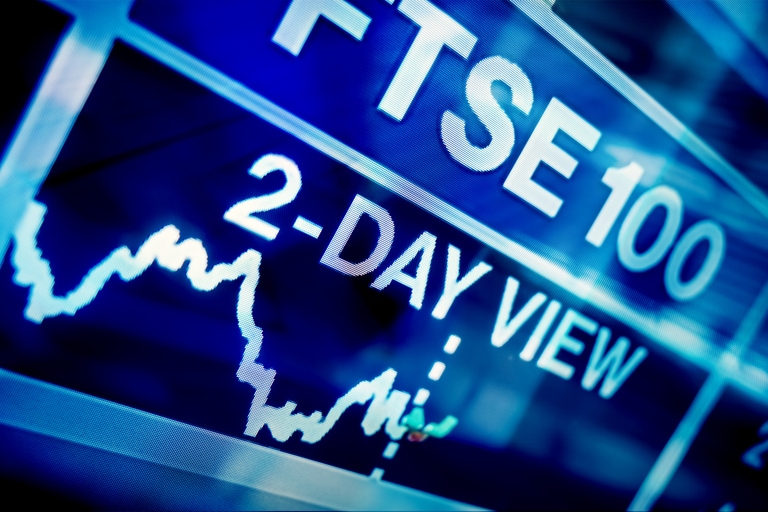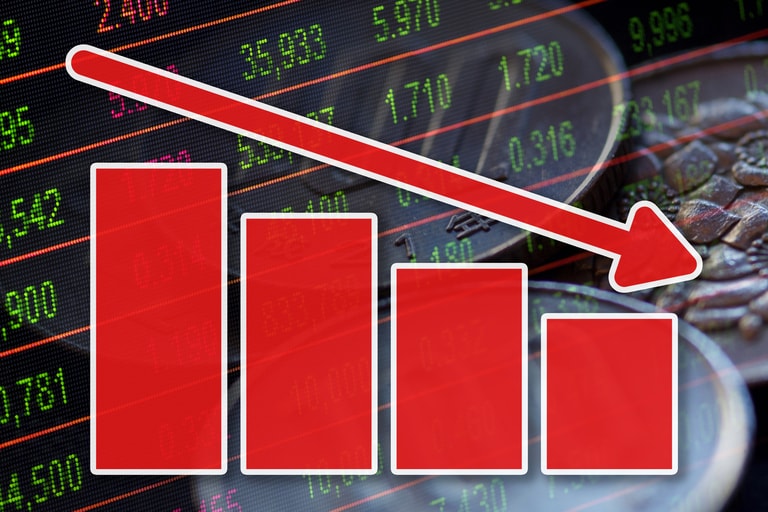As suspected, the war in Ukraine did temper the Federal Reserve’s decision to hike rates at its meeting in March. Last night’s minutes showed that several participants would have been minded to go for a 50bps move, however an abundance of caution prompted them to stay their hand until events became clearer knowing that they had the option to go harder and faster later on.
This now looks set to be the base case from here on in, with a 50bps move in May now pretty certain, especially if next week’s US CPI for March moves strongly through 8%.
The minutes also showed that there was a serious discussion about balance sheet reduction, with the potential to also start next month, with a general agreement that we could see $95bn a month, $60bn of that being in treasuries, and $35bn in mortgage-backed securities.
This appears to be a consensus view although some on the FOMC wanted to go further with no limits on how fast the runoff is done. Not surprisingly bond yields made new intraday highs, while US stocks hit their lows of the day before bouncing back, to close off their intraday lows, but still lower for the second day in a row. This weakness has translated into a weaker Asia session and as such looks set to see markets here in Europe also open lower later this morning.
This is quite the about turn for the Federal Reserve, having only just finished adding to its balance sheet in March, this change of course comes across as the monetary policy equivalent of a handbrake turn, especially if we see 50bps and the start of balance sheet reduction next month.
This is quite an about turn and perhaps an acknowledgment that they should have pulled back from adding to their balance sheet much sooner. The minutes also show that Fed officials are becoming increasingly alarmed at how inflationary pressures are increasing and are determined to send a message to markets that they will act decisively to keep it in check.
The Fed’s continued aggressive posture from here on is likely to be largely determined by the strength of the US labour market which remains extremely tight and likely to remain so for a while, with today’s weekly jobless claims set to fall to 201k.
While last nights Fed minutes were as hawkish as expected, today’s ECB minutes are likely to be somewhat of a contrast, even though it was announced that they would be tapering the asset purchase program steadily over the summer, with a view to ending it in Q3. This was a little unexpected, as was the ECB removing the language that rates could be lower than they currently are. This is also a significant shift from their position at the end of last year, however in truth they had little choice. What the move did do was open the central banks options with respect to potentially raising rates by the end of this year, although it doesn’t mean that they will.
Last month’s hawkish pivot merely serves to underline what a bind the European Central Bank finds itself in. We’ve subsequently seen government bond yields push higher across the bloc, however it’s difficult to really see what else the ECB can do at this point.
We are already hearing from the Northern European countries about their concerns over rising inflation with Joachim Nagel the head of the Bundesbank amongst many governing council members talking about the need for tighter policy.
Recent comments from a few ECB policymakers suggest there is rising concern that the ECB is behind the curve, and today’s minutes are likely to offer insights as to how significant this concern is, with the potential that we could well see rate hikes as soon as Q3.
With the latest March CPI number surging to a new record high of 7.5% from 5.9% this anxiety is likely to increase further, even if core prices still remain low at 3%. The move higher in prices is even more painful for countries like Poland, Estonia, and Lithuania where inflation is well above 10%. While it is easy to ignore the likes of these Baltic states the cries of anguish are now being felt in the bigger Northern European economies like Germany where the numbers are now well above 7% and at post-unification record highs. With the ECB due to meet next week, just before Easter, we won’t have long to wait to find out whether the hawkish voices start to drown out the more dovish ones.
With the Federal Reserve set to go aggressively in May, today’s speech by Bank of England chief economist Huw Pill could well offer some clues as to whether we could see the MPC to hike rates for the third meeting in succession when they also meet in May.
EUR/USD – continues to drift down towards trend line support from the 2017 lows, at 1.0830. A break below the March lows signals the potential for a move towards the 2020 lows at 1.0635. Resistance remains back at the 50-day MA at 1.1185 and last week’s high.
GBP/USD – continues to look soft with the March lows at 1.3000, the next key support. We need to get back above the 1.3180 area. A break below the 1.3000 area argues the risk of a move towards 1.2800, on a break below 1.2980.
EUR/GBP – support at the 0.8320 level holding for now, with a break retargeting the 0.8280 area. Resistance now comes in at the 0.8420 area, and behind that at 0.8510.
USD/JPY – continues to edge higher, with neckline support back at the 121.30 area. The recent highs at 125.10 remain a key level as do the June 2015 highs at 125.85. A break below 121.20 argues for a steeper move lower towards 118.00.
CMC Markets erbjuder sin tjänst som ”execution only”. Detta material (antingen uttryckt eller inte) är endast för allmän information och tar inte hänsyn till dina personliga omständigheter eller mål. Ingenting i detta material är (eller bör anses vara) finansiella, investeringar eller andra råd som beroende bör läggas på. Inget yttrande i materialet utgör en rekommendation från CMC Markets eller författaren om en viss investering, säkerhet, transaktion eller investeringsstrategi. Detta innehåll har inte skapats i enlighet med de regler som finns för oberoende investeringsrådgivning. Även om vi inte uttryckligen hindras från att handla innan vi har tillhandhållit detta innehåll försöker vi inte dra nytta av det innan det sprids.






